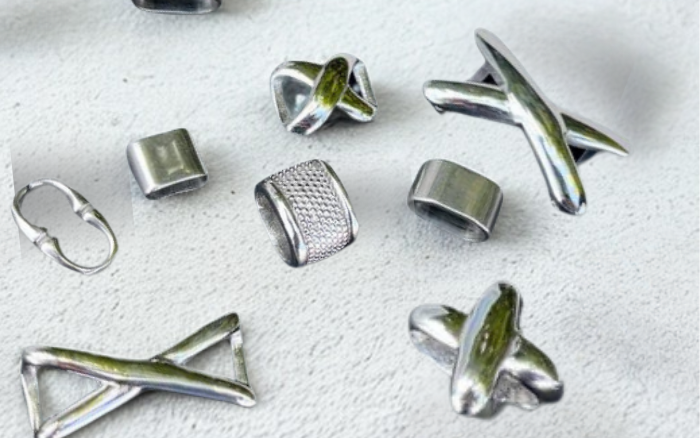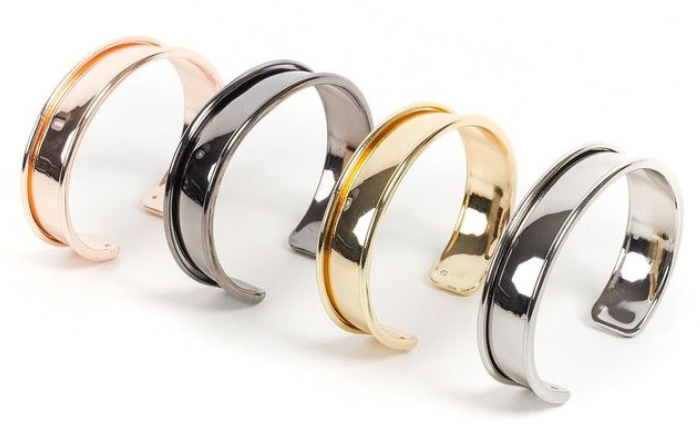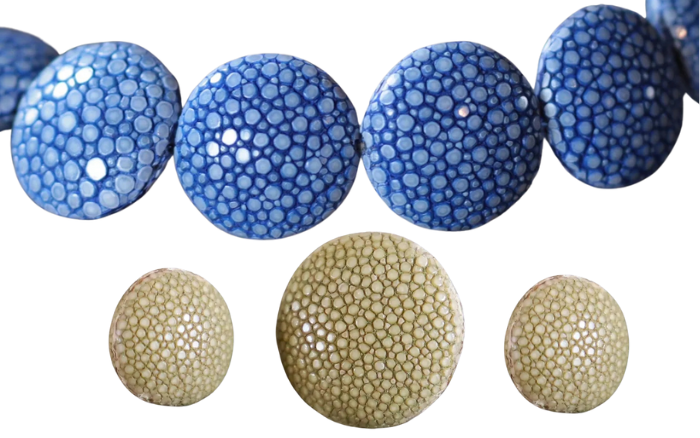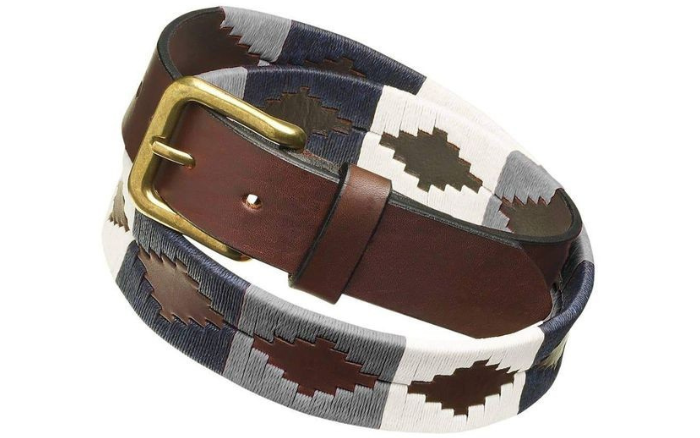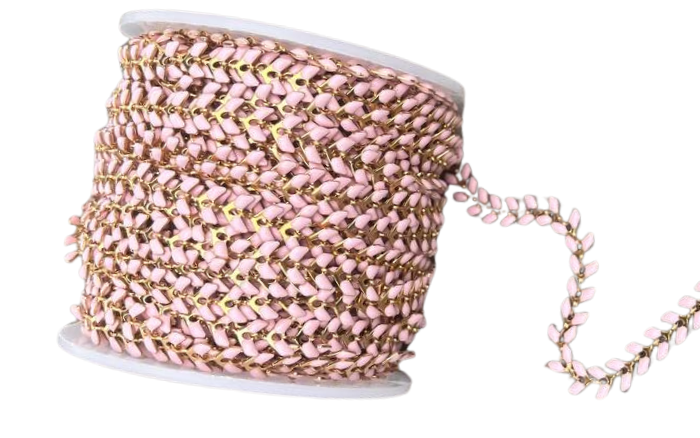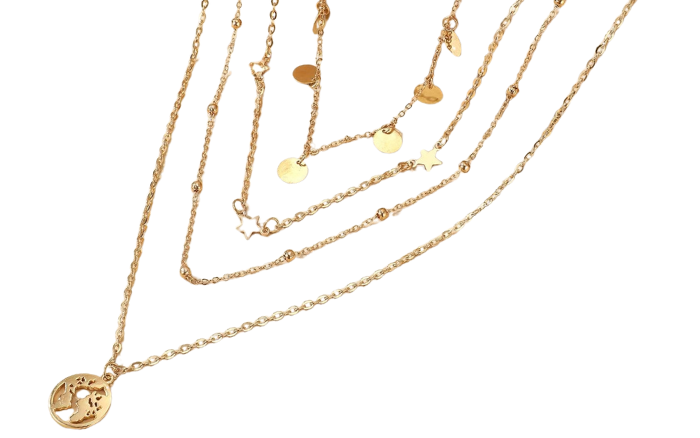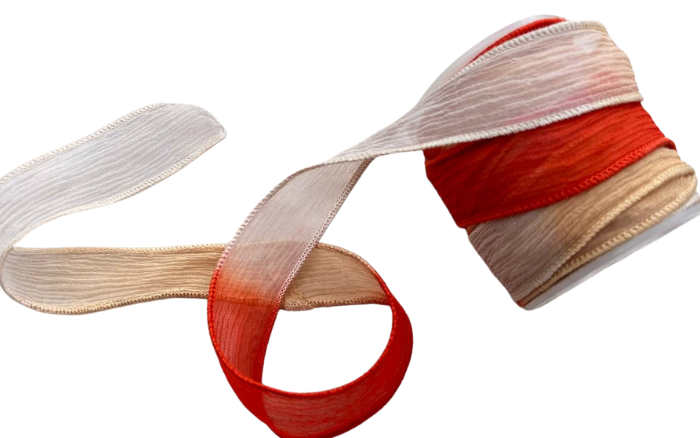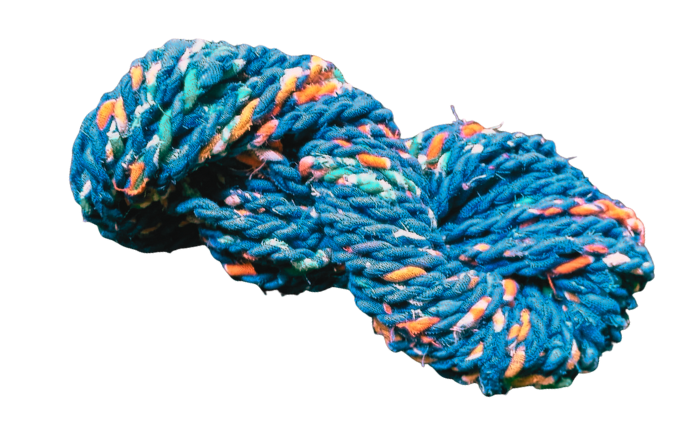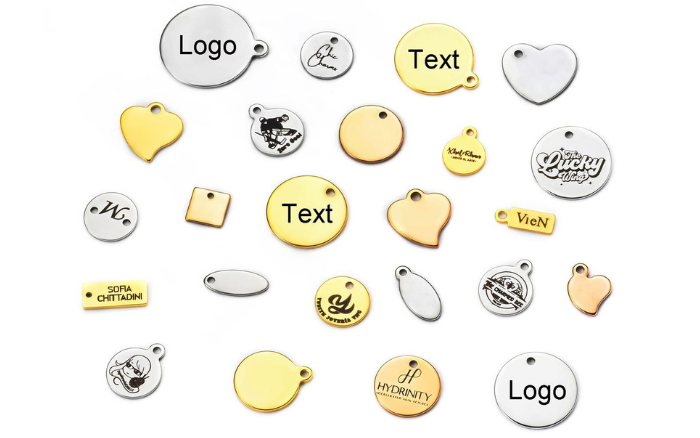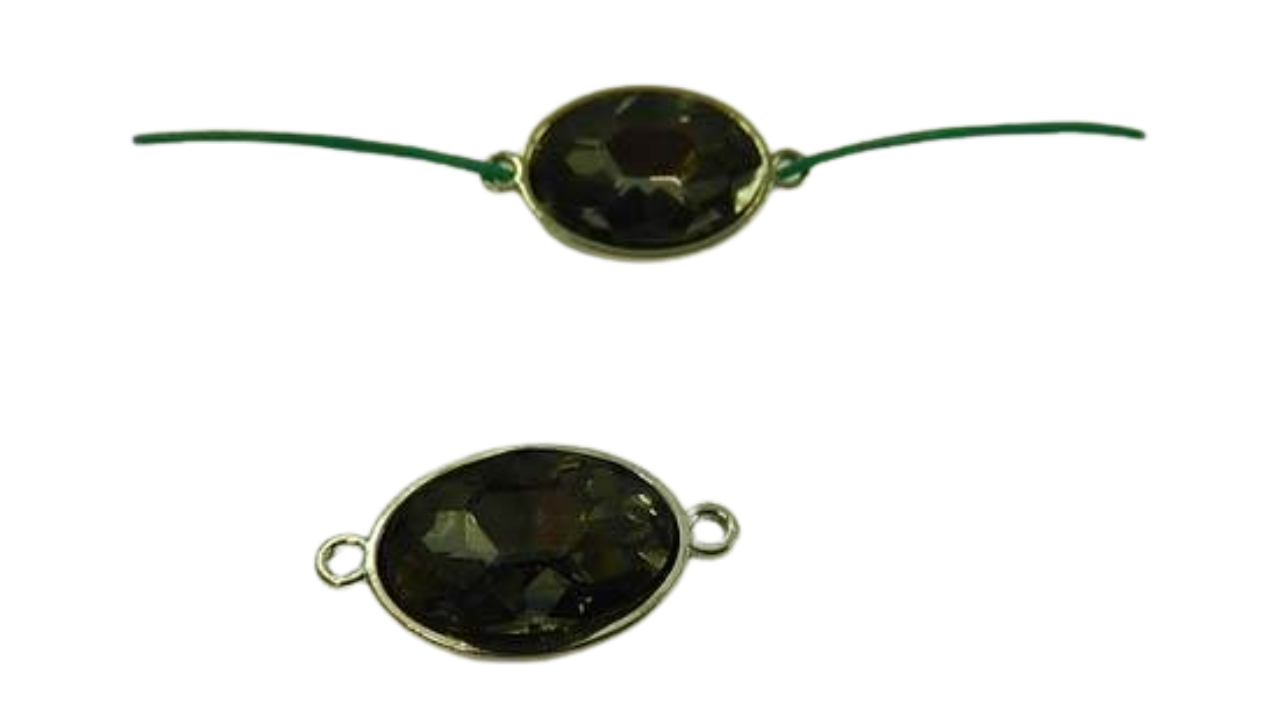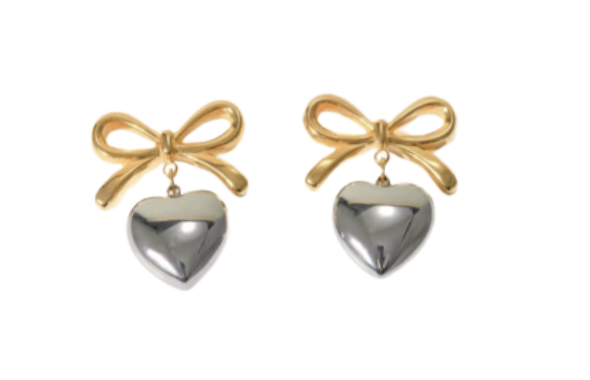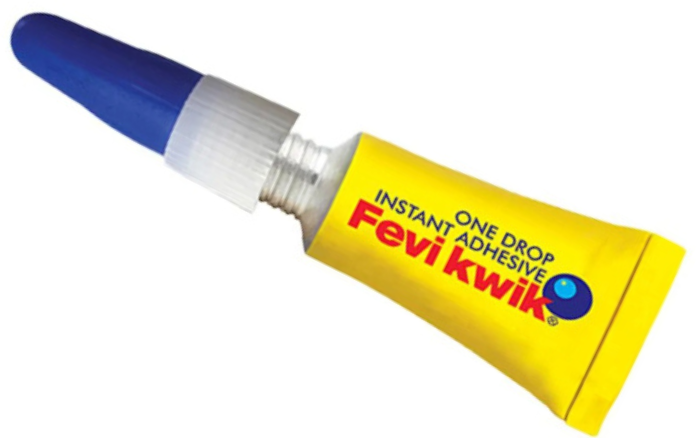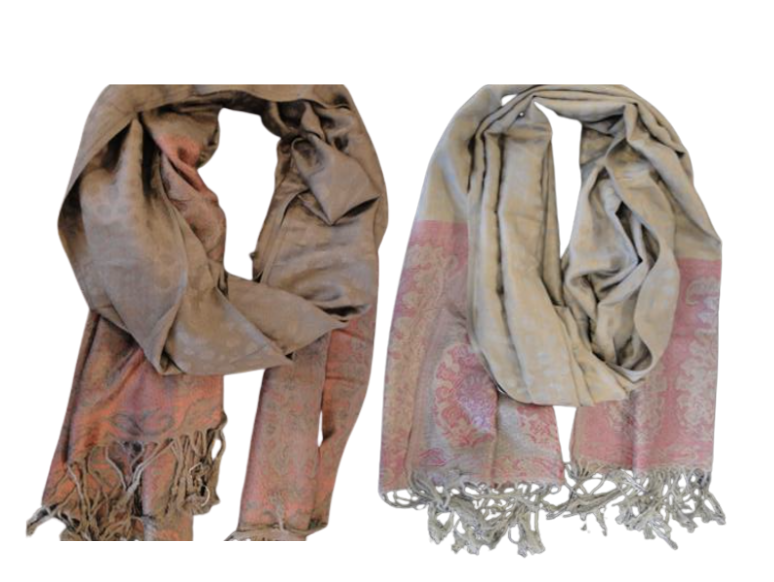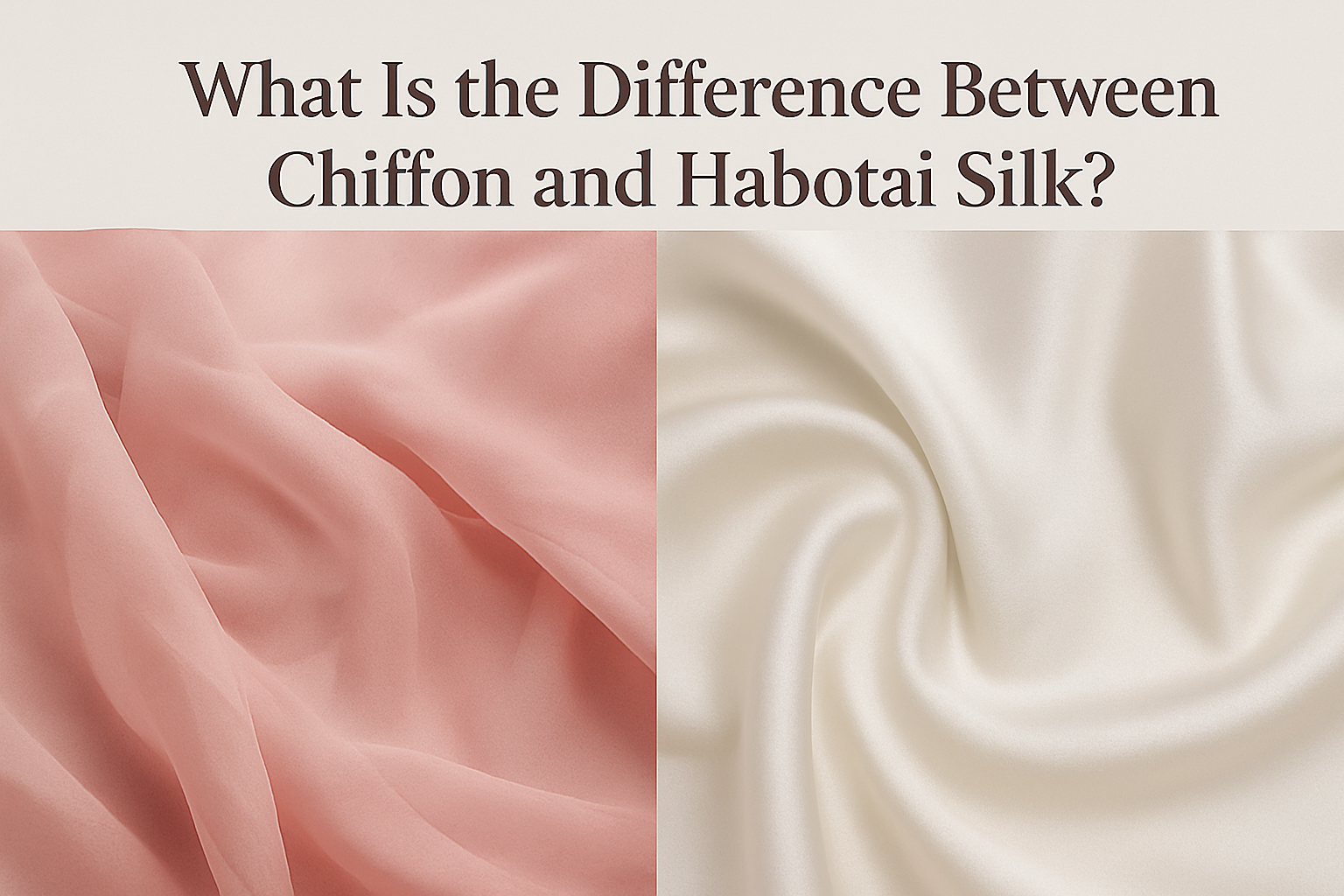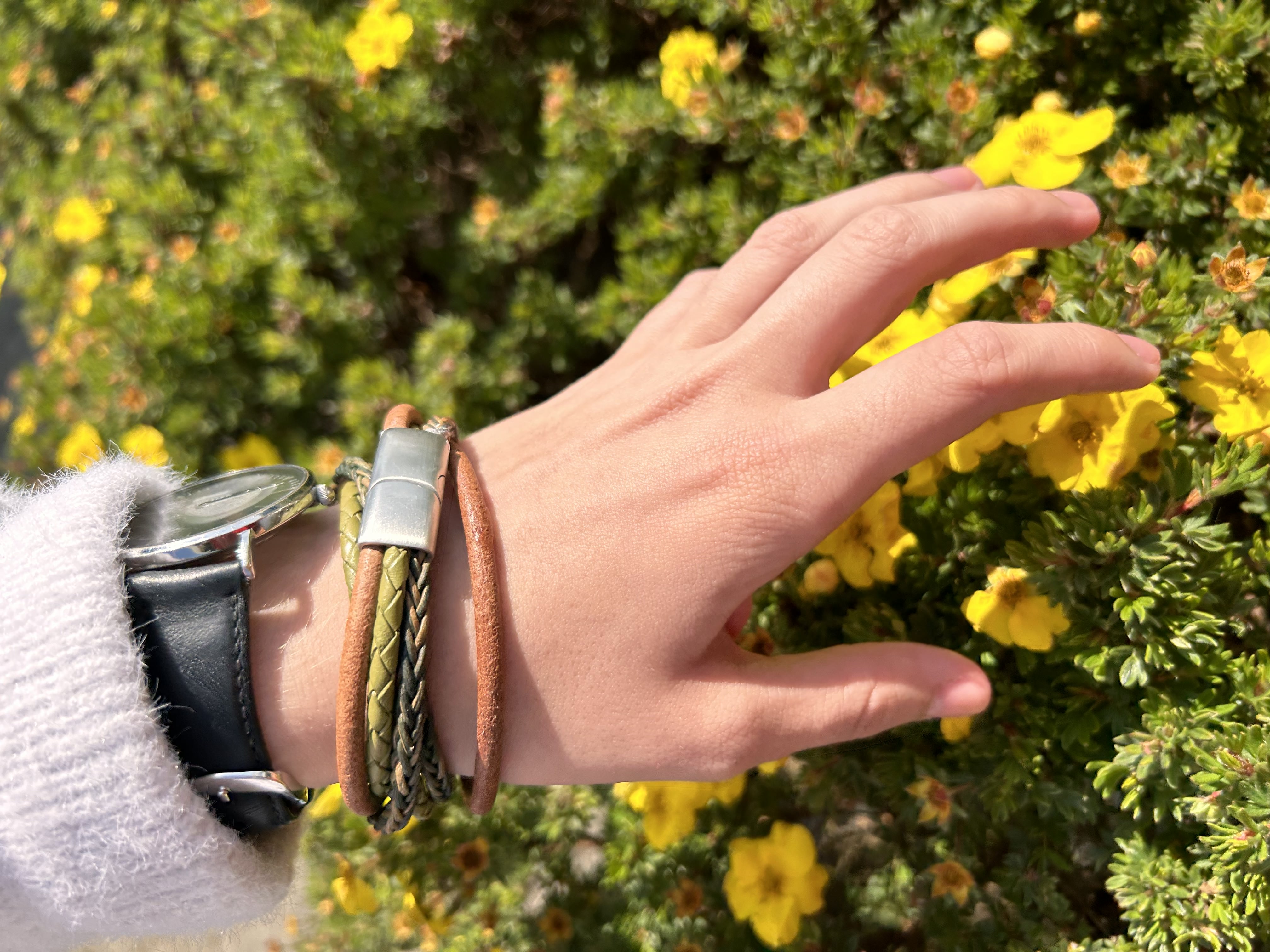Blog
-
The 4 P’s in the Leather Industry
04 Dec, 2025The 4 P’s in the Leather Industry: Product, Price, Place, and Promotion Explained Simply Th...Read More -
Everything you need to know about REACH
28 Nov, 2025Why REACH Is So Important for the Leather Industry Leather production involves many chemical proc...Read More -
Frequently Asked Questions at Sun Enterprises
27 Nov, 2025Leather, Craft, and Care: Answers to Our Most Common Questions at Sun Enterprises At Sun Enterpri...Read More -
Zamak, Aluminum, Stainless Steel, or Sterling Silver: Which Should You Choose?
10 Sep, 2025Confused about which materials to use for your jewelry projects? Don’t worry—you&rsqu...Read More -
A Complete Guide to Leather Types and How to Care for Them
02 Sep, 2025Leather has been loved for centuries because it is strong, stylish, and useful. Whether you make ...Read More -
What Is the Difference Between Chiffon and Habotai Silk?
19 Aug, 2025Silk is one of the most loved fabrics in fashion and jewelry design, but not all silks are the sa...Read More -
How to Tell if It’s Real Silk (and Why Habotai Silk Stands Out)
19 Aug, 2025Silk has been prized for centuries as one of the most luxurious and elegant fabrics. But with so ...Read More -
Locking & Slide Magnetic Clasps for Heavy Leather Bracelets
18 Aug, 2025Locking Magnetic Clasps – For Maximum Security Locking clasps combine magnetic strength wit...Read More -
Flat & Round Magnetic Clasps for Medium Leather Bracelets
18 Aug, 2025When creating leather bracelets, choosing the right clasp is just as important as the leather its...Read More











